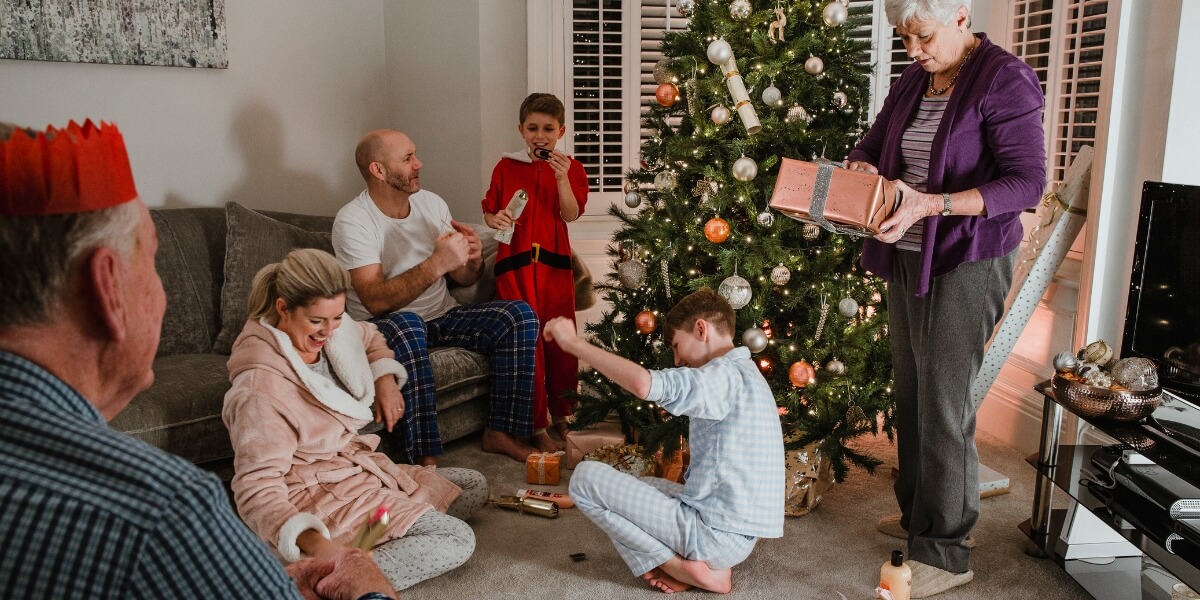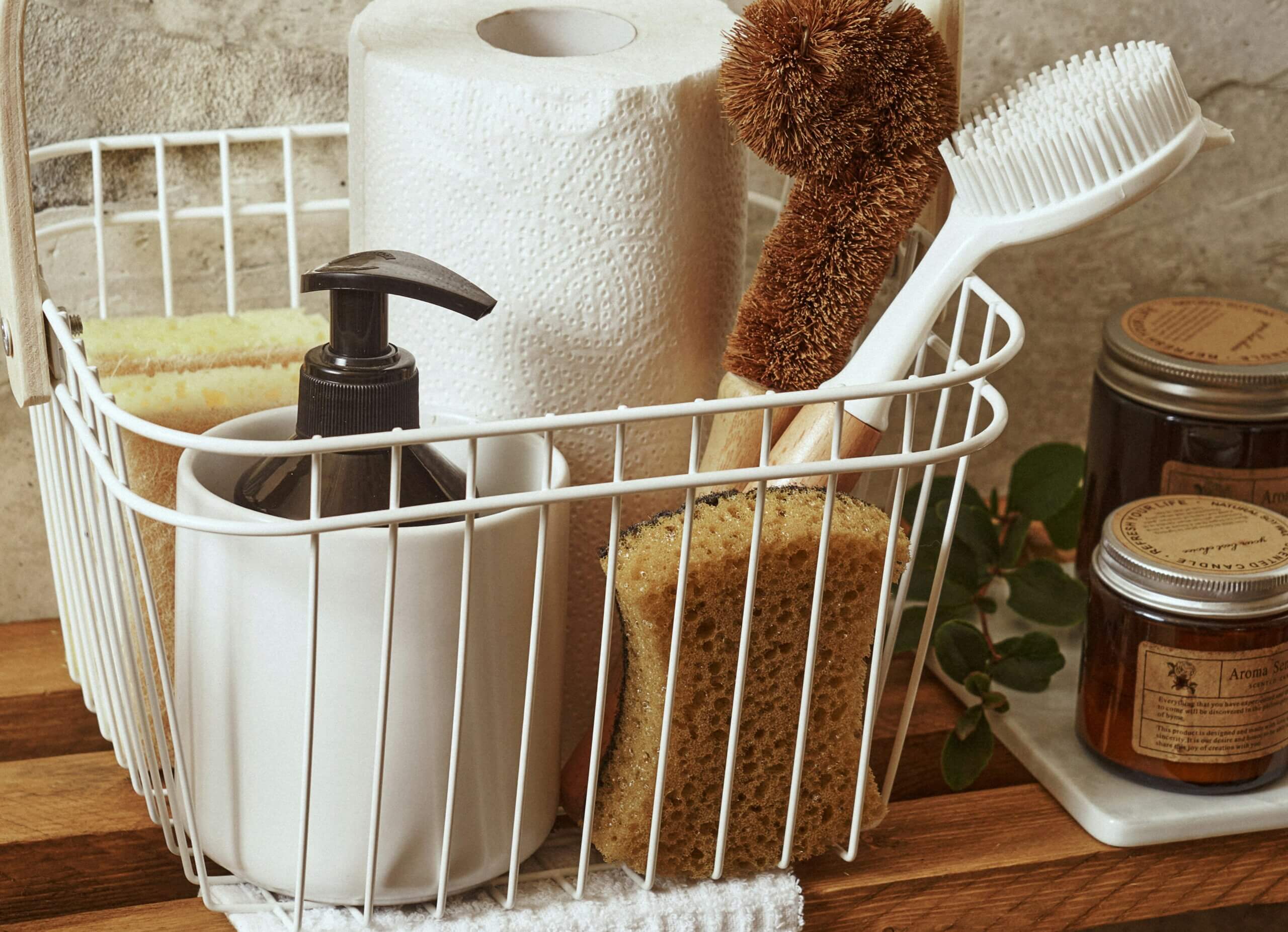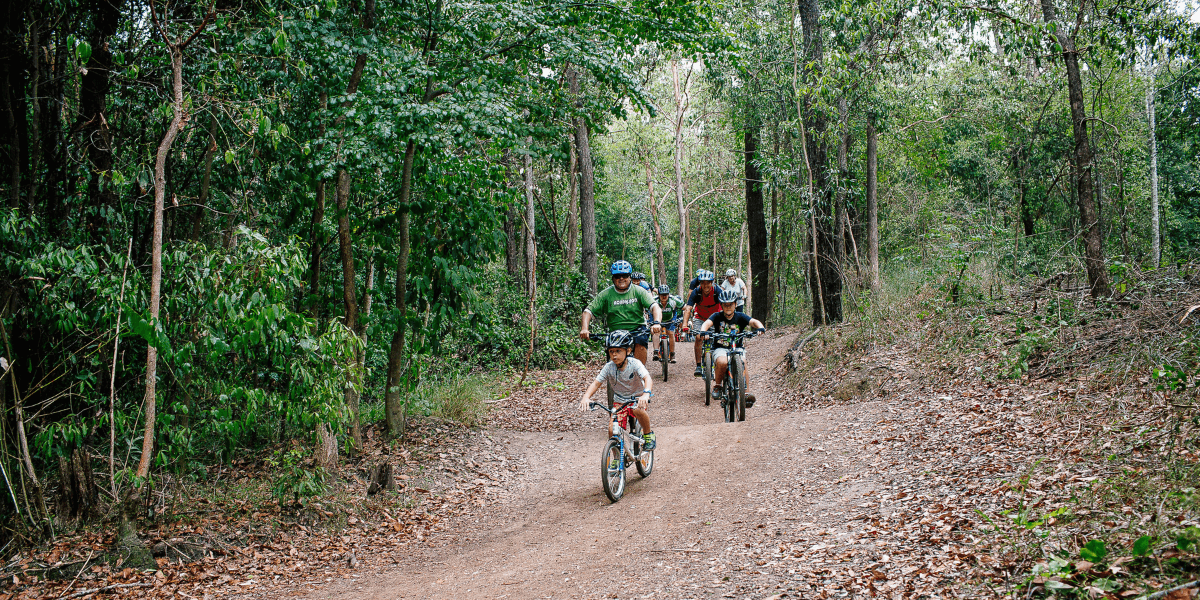REDUCE EMISSIONS
Taking the kids along for the low-carbon journey
Raising children and juggling a busy schedule while striving to live more sustainably can be a tricky balancing act. Here are some practical ways families can involve kids in reducing household carbon emissions and cutting down on bills.
We know that getting the kids involved to help lower your household carbon footprint might sound too good to be true. But the good news is that it’s possible! As part of the Brisbane Carbon Challenge, we worked with families all over Brisbane who reduced their household emissions by more than 50% on average within a year.
Lowering your household carbon footprint can be an amazing opportunity for your kids to learn about sustainable living and set up a lifetime of healthy habits for our planet.

In this article, we share some tips and tricks to start taking small steps across energy, transport and waste that can make a big difference to your family’s carbon footprint.
Make a game out of low-energy behaviours
As home energy use is responsible for approxiamtely 47% of the average Brisbane household’s carbon emissions from energy, transport and waste, there are opportunities to significantly lower your footprint and bills by changing how your family uses energy.
For instance, you could reduce hot water usage, which is responsible for 25% of the average Queenslander’s energy consumption. Switching off lights and appliances on standby power is another easy starting point and a good habit to save money too. So how can this be fun for the kids? Make a game out of it! Who can be the first one to turn the lights off in unused rooms? How many standby switches can you find that can be turned off?
Or perhaps you can make a game of showering within the time of your child’s favourite song or TV show theme tune. Urban Utilities have this bathroom beats playlist of four-minute songs to shower to. Try creating a playlist of your child’s favourite four-minute tunes!
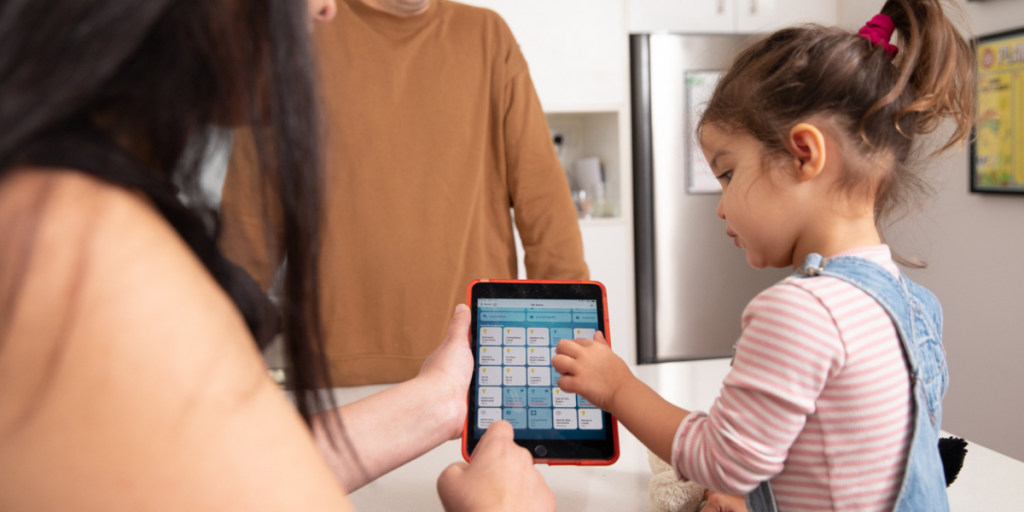
Ditch the car for the school run
Swapping out the car for other transport methods like walking, cycling or public transport will lower emissions, save money and improve your family’s health – talk about a win-win-win!
The school run can be a good occasion to leave the car at home. We know that mornings can be the busiest time of day, so start with just one day a week and see how the family goes.
If your commute allows, walking or cycling can be an easy way to integrate exercise into your weekly routine while cutting down on fuel and parking costs. Brisbane Carbon Challenge participants who swapped car trips for bike rides reported having more engaging conversations with each other on the trip, and opportunities for children to learn about road safety. Using the school or day care trip to build your child’s confidence on the bike can also help them enjoy the activity on weekends and for leisure.
There are plenty of options to actively travel to and from school. Check if your children’s primary school is a registered participant of Brisbane City Council’s Active School Travel program. This program offers resources and tools to make it easier for your local community and school to engage in active travel methods to and from school.
Teach the kids about nature while managing waste
Reducing your household’s greenhouse gas emissions from waste can be a fun activity for the kids to learn about the natural processes that underpin our ecosystem.
Starting a worm farm is a fun and easy way to reduce food waste. The kids are fascinated by the creepy crawlies and you can show them how using the worm tea and soil will nourish your gardens. You can even build a veggie patch to show where their food comes from!
And you won’t have to spend too much money for it. Did you know that Brisbane City Council offers a $100 rebate for any residents who purchase composting or worm farm products? Read more about the initiative here.
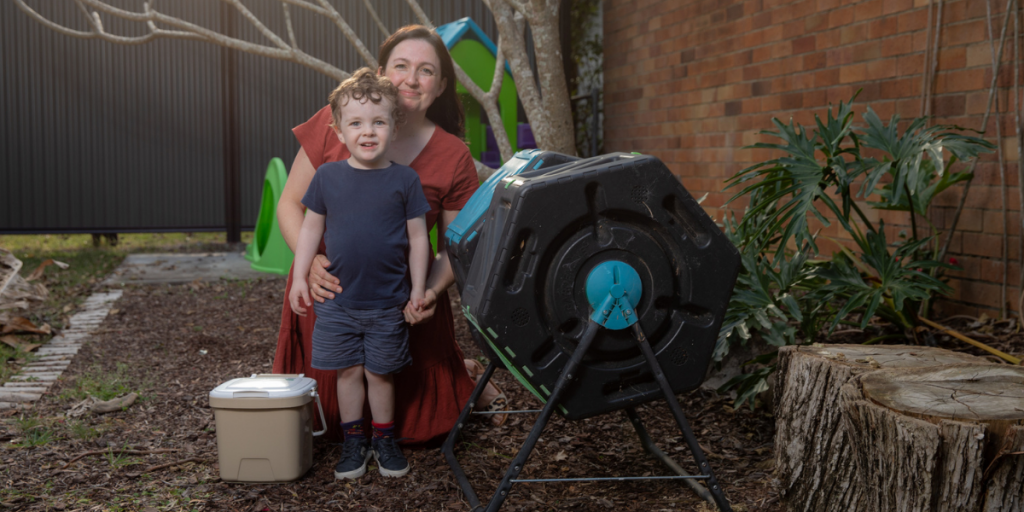
Opt for waste-free lunches
The plastic-free, nude-lunchbox movement has taken off in recent years, but what about reducing the food that might get wasted during the day? Tried-and-tested tips include:
- getting the kids involved in preparing school lunches to prevent uneaten food,
- cutting up fruit and vegetables into slices which are more likely to get eaten, and
- finding the ‘goldilocks’ quantity of food – not too little, not too much.
Council’s food waste experts have some more great tips on reducing food waste in school lunches. Some leftover food will inevitably come home, which could be eaten for afternoon tea. Alternatively, if the food is spoiled, consider a composting solution such as a bokashi bin to turn leftover sandwiches into compost for your garden.
Make it a challenge for the community
If you want to learn more about your household carbon footprint, take the Brisbane Carbon Challenge today. Use the online emissions calculator to understand how your household stacks up to the Brisbane average, then browse the resources to learn about small steps you can take today that can make a big difference.
To get the kids involved, why not ask their educator to make it a classroom challenge? Encourage a friendly class competition where families retake the calculator to see who lowered their emissions the most.
Fostering your child’s understanding and appreciation for sustainable living will make it easier to take actions to reduce your household emissions. Just as important, it can also build them into environmentally conscious citizens of the future, influencing their circles and creating change. After all, it’s our children and our children’s children that will enjoy the benefits of a clean, green, sustainable future.

